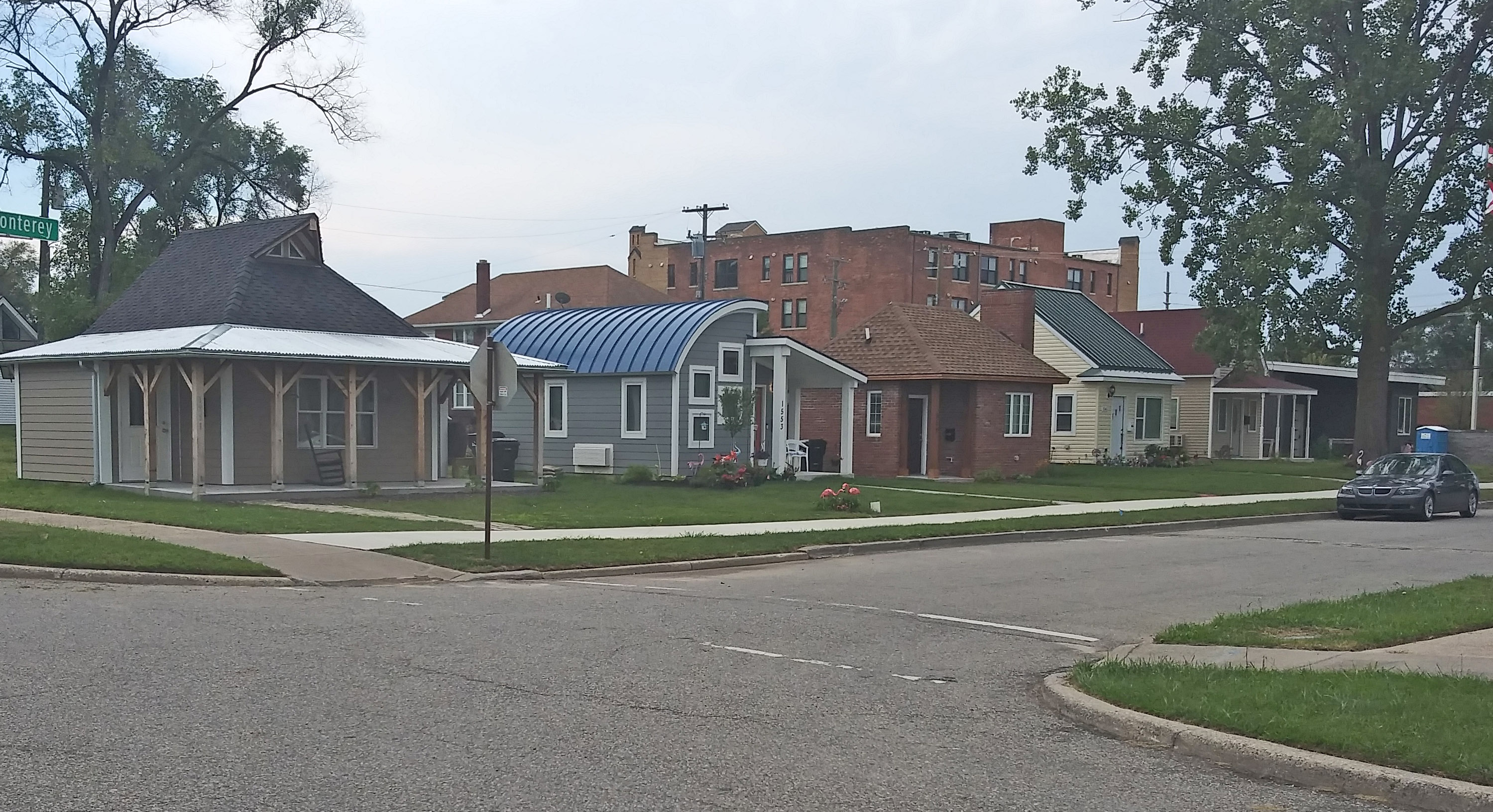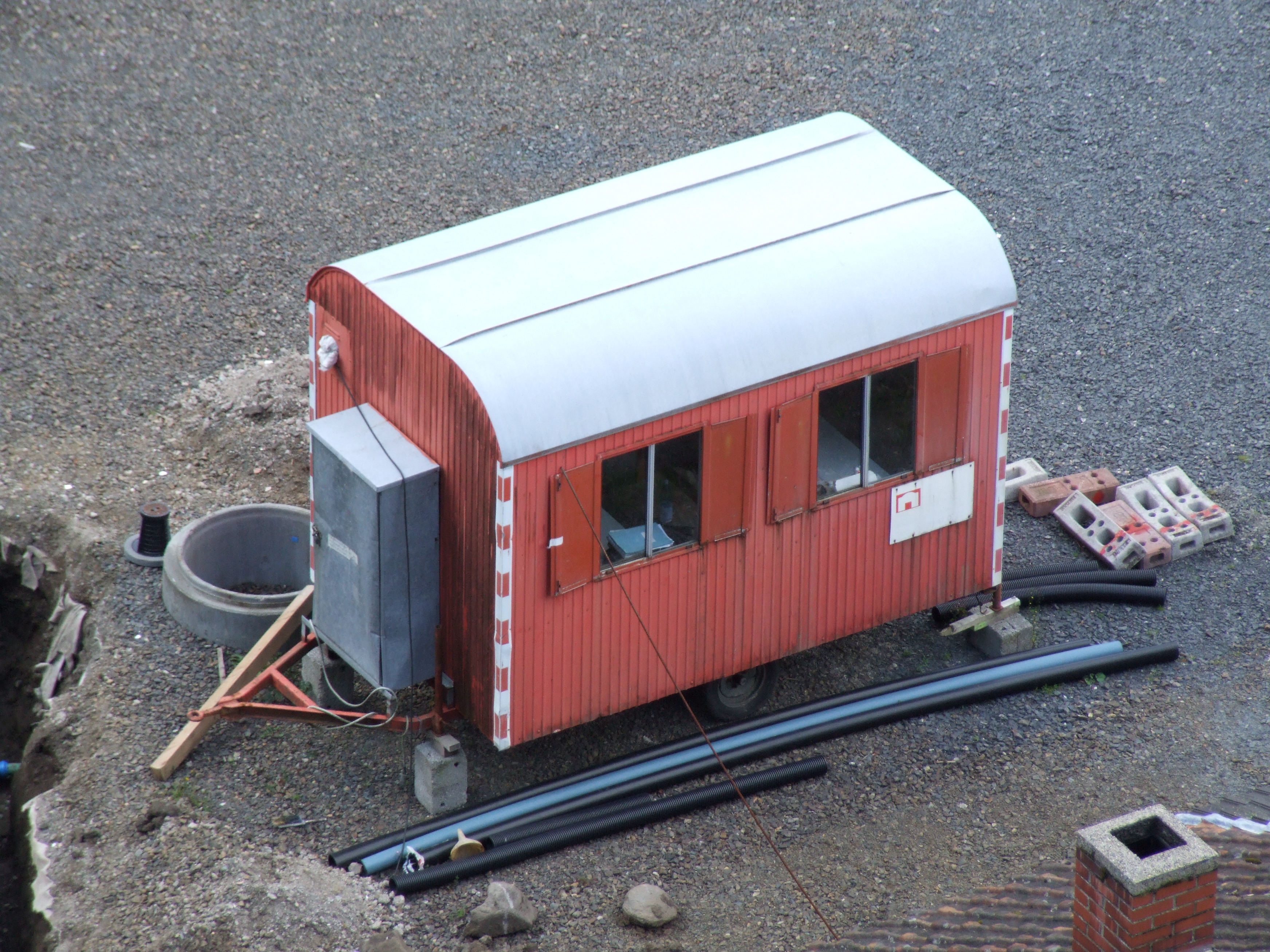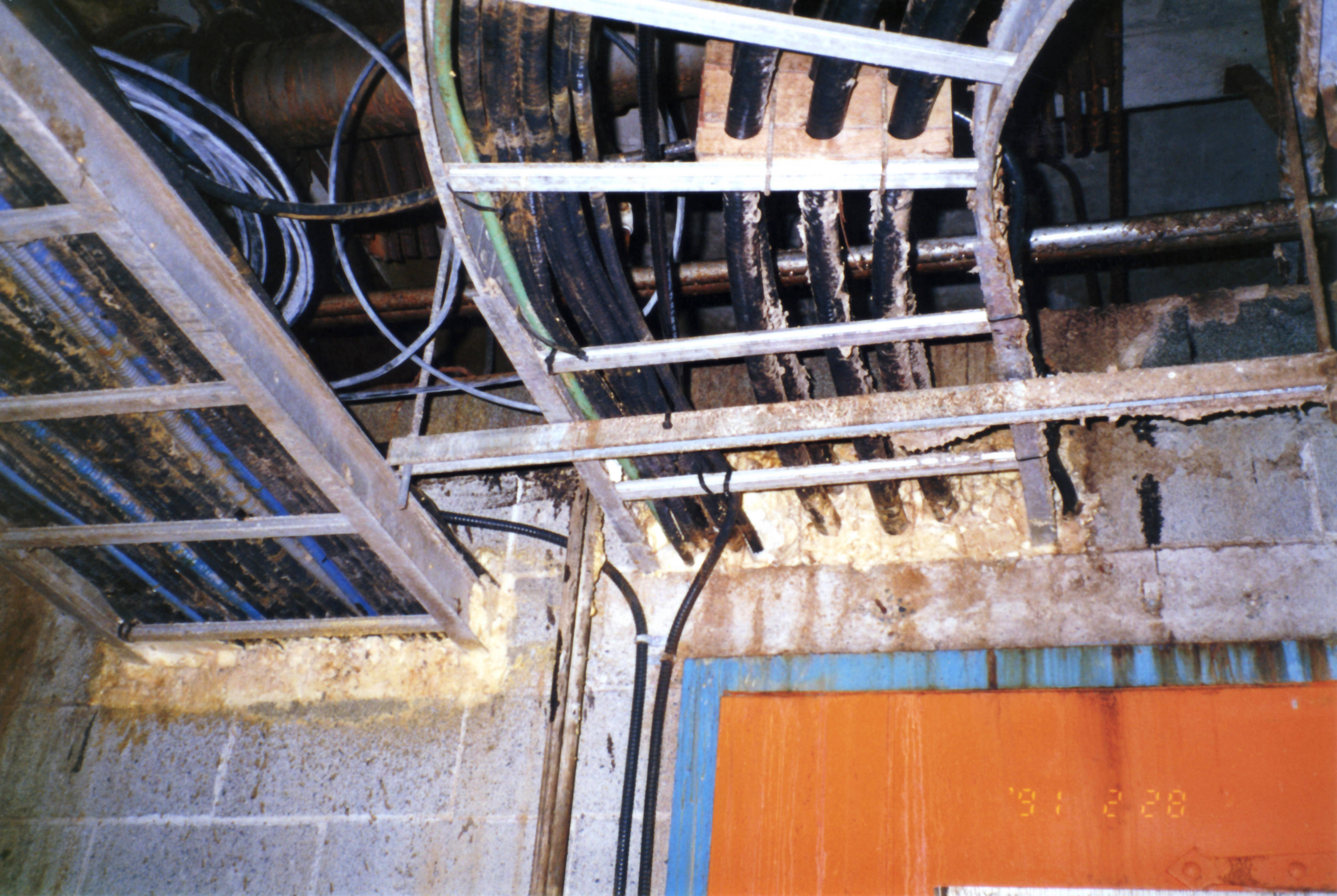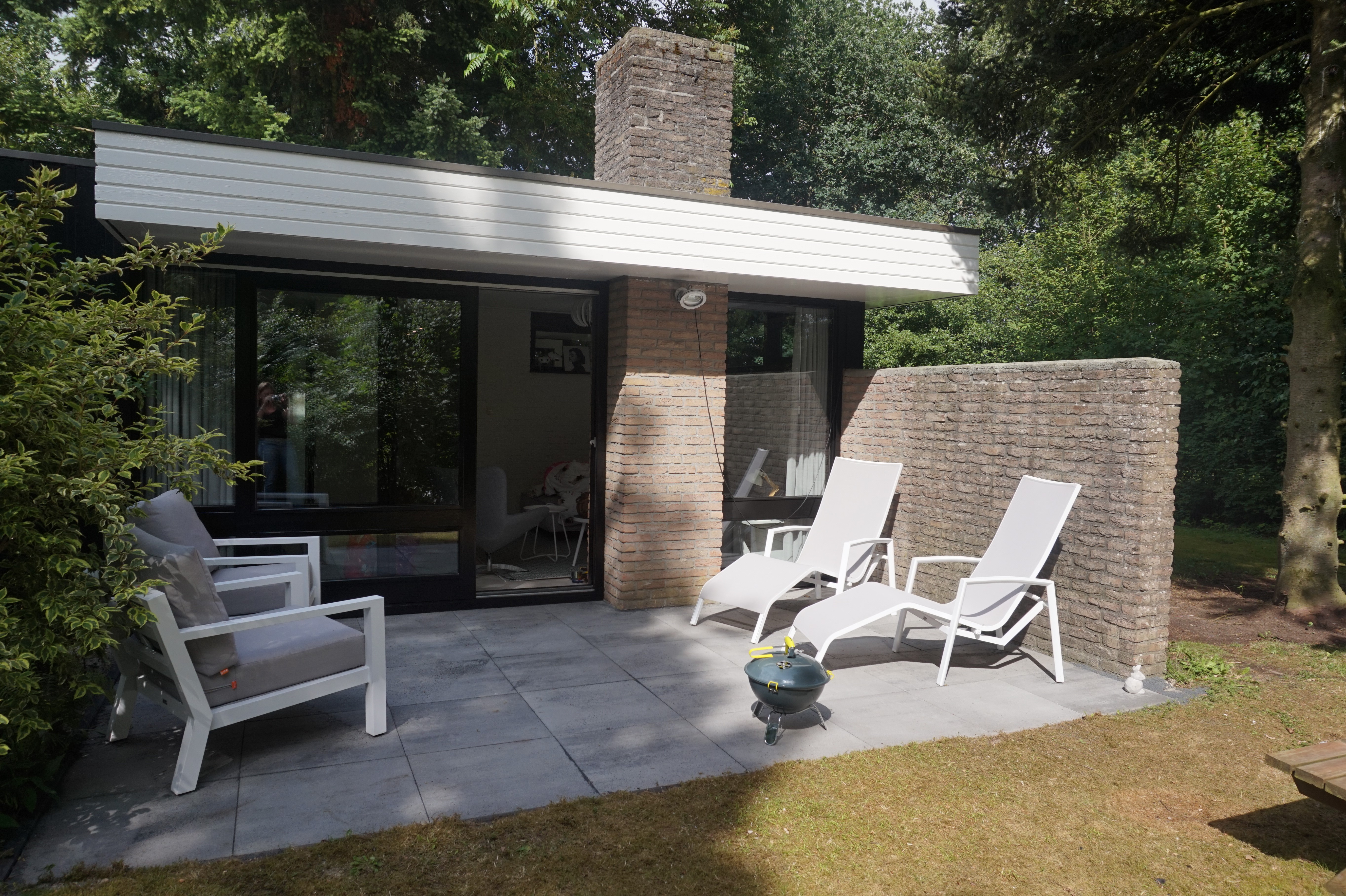|
Friggebod
In Sweden, a friggebod is a small shed or cottage which can be built without any planning permission on a lot with a single-family or a duplex house. It is named after Birgit Friggebo, the Minister for Housing in 1979 when the new type of building was approved. The word is a portmanteau of Friggebo and ''bod'' 'shed'. Typical uses for a friggebod are a greenhouse, a workshop, a guest room, or a home spa. Restrictions Originally no more than , the maximum size was raised to in 2008. The friggebod regulations also allow the building of a canopy and a wall of wood or brick to protect a patio. The buildings do not have to follow zoning regulations, but they have to comply with the building code and cannot be built closer to a neighbour's lot than without the neighbour's permission. Sources See also *Alternative housing *Cottage * Tiny house *Construction trailer *Simple living Simple living refers to practices that promote simplicity in one's lifestyle. Common practice ... [...More Info...] [...Related Items...] OR: [Wikipedia] [Google] [Baidu] |
Alternative Housing
Alternative housing is a category of domicile structures that are built or designed outside of the mainstream norm e.g., town homes, single family homes and apartment complexes. In modern days, alternative housing commonly takes the form of tiny houses, dome homes, pyramid-shaped houses, earth sheltered homes, residential tree houses, abandoned factories and hospitals and even up-cycled vans or buses. The motivation to create alternative homes can arise from destitution or lack of resources to buy or rent a typical home and therefore include improvised shacks in shantytowns, buses, cars and tent-like structures. While the cost of living in an alternative house can be more economical than a traditional home, the start-up cost can be quite hefty. More commonly in the 21st century than ever before in history, alternative housing offers more functionality to many, as well as an unconventional living arrangement. Some alternative housing can be as small as while others can be as l ... [...More Info...] [...Related Items...] OR: [Wikipedia] [Google] [Baidu] |
Tiny House
The tiny-house movement (also known as the small house movement) is an architectural and social movement promoting the reduction and simplification of living spaces. Tiny homes have been promoted as offering lower-cost and sometimes eco-friendly features within the housing market, and they have also been promoted a housing option for homeless individuals.Ford, Jasmine, and Lilia Gomz-Lanier. Family and Consumer Sciences Research Journal, 2017, ''Are Tiny Homes Here to Stay? A Review of Literature on the Tiny House Movement''. However, the lack of clearly defined features and legality in many cases can cause issues for ownership, including being more expensive for the amount of area, vulnerability to natural disaster, lack of storage, difficulty hosting, smaller or lacking traditional home appliances, and legal and or zoning issues. There is some variation in defining a tiny home, but there are examples and they are usually based on floorspace. However, tiny homes do not have ... [...More Info...] [...Related Items...] OR: [Wikipedia] [Google] [Baidu] |
House Types
This is a list of house types. Houses can be built in a large variety of configurations. A basic division is between free-standing or single-family detached homes and various types of attached or multi-family residential dwellings. Both may vary greatly in scale and the amount of accommodation provided. By layout Hut A hut is a dwelling of relatively simple construction, usually one room and one story in height. The design and materials of huts vary widely around the world. Bungalow Bungalow is a common term applied to a low one-story house with a shallow-pitched roof (in some locations, dormered varieties are referred to as 1.5-story, such as the chalet bungalow in the United Kingdom). Cottage A cottage is a small house, usually one or two stories in height, although the term is sometimes applied to larger structures. Ranch A ranch-style house or rambler is one-story, low to the ground, with a low-pitched roof, usually rectangular, L- or U-shaped with deep over ... [...More Info...] [...Related Items...] OR: [Wikipedia] [Google] [Baidu] |
Garden Buildings
A garden building is a structure built in a garden, frontyard or backyard. Such structures include: * Alcove, a small recessed opening in a wall * Arbor, a type of pergola * Arcade, a series of adjoining arches * Arch, curved vertical structure with an open space underneath it * Archway, a passage under an arch or series of arches * Bengal cottage, Danish hut, et cetera * Berceau, Italianised abersò a shaded resting place with no walls and roof made up of only a framework, variant of pergola * Bower, a dwelling or lean-to shelter, also known as a variation of a pergola * Casina, an architectural form often resembling small classical temples and follies * Casita, structure detached from a house with a main room with a kitchenette and a bathroom * Colonnade, a long sequence of columns joined by their entablature, either free-standing or part of a building * Cloister, a covered walkway around a garden with an open gallery, providing shelter from sun and rain * Cabana, a ... [...More Info...] [...Related Items...] OR: [Wikipedia] [Google] [Baidu] |
Simple Living
Simple living refers to practices that promote simplicity in one's lifestyle. Common practices of simple living include reducing the number of possessions one owns, depending less on technology and services, and spending less money. In addition to such external changes, simple living also reflects a person's mindset and values. Simple living practices can be seen in history, religion, art, and economics. Adherents may choose simple living for a variety of personal reasons, such as spirituality, health, increase in quality time for family and friends, work–life balance, personal taste, financial sustainability, increase in philanthropy, frugality, environmentalism, environmental sustainability, or reducing Stress (biology), stress. Simple living can also be a reaction to economic materialism and consumer culture. Some cite sociopolitical goals aligned with environmentalist, Anti-consumerism, anti-consumerist, or anti-war movements, including Conservation (ethic), conservation, de ... [...More Info...] [...Related Items...] OR: [Wikipedia] [Google] [Baidu] |
Construction Trailer
Construction trailers are mobile structures ( trailers) used to accommodate temporary offices, dining facilities and storage of building materials during construction projects. Hook-ups Typically, trailers need to be equipped with telephone lines and electrical power. Lavatories are usually provided for separately. They are often skid-mounted, on trailers, or put on piles. Construction trailers are often manufactured using traditional stick-frame construction. Intermodal containers are also being converted into construction trailers. Use in different countries United States Municipalities can require the use of construction trailers to be subject to permit proceedings. The City of Fremont, California, for example, publishes its permit requirements on its municipal website. Enclosed Cargo Trailers are a very popular tool used by many in the construction industry. Keeping equipment and materials clean and dry are a high priority to anyone in the construction industry. These trai ... [...More Info...] [...Related Items...] OR: [Wikipedia] [Google] [Baidu] |
Cottage
A cottage, during Feudalism in England, England's feudal period, was the holding by a cottager (known as a cotter or ''bordar'') of a small house with enough garden to feed a family and in return for the cottage, the cottager had to provide some form of service to the manorial lord.Daniel D. McGarry, ''Medieval history and civilization'' (1976) p 242 However, in time cottage just became the general term for a small house. In modern usage, a cottage is usually a modest, often cosy dwelling, typically in a rural or semi-rural location and not necessarily in England. The cottage orné, often quite large and grand residences built by the nobility, dates back to a movement of "rustic" stylised cottages of the late 18th and early 19th century during the Romantic movement. In British English the term now denotes a small, cosy dwelling of traditional build, although it can also be applied to modern construction designed to resemble traditional houses (" mock cottages"). Cottages ... [...More Info...] [...Related Items...] OR: [Wikipedia] [Google] [Baidu] |
Building Code
A building code (also building control or building regulations) is a set of rules that specify the standards for construction objects such as buildings and non-building structures. Buildings must conform to the code to obtain planning permission, usually from a local council. The main purpose of building codes is to protect public health, safety and general welfare as they relate to the construction and occupancy of buildings and for example, the building codes in many countries require engineers to consider the effects of soil liquefaction in the design of new buildings. The building code becomes law of a particular jurisdiction when formally enacted by the appropriate governmental or private authority. Building codes are generally intended to be applied by architects, engineers, interior designers, constructors and regulators but are also used for various purposes by safety inspectors, environmental scientists, real estate developers, subcontractors, manufacturers of b ... [...More Info...] [...Related Items...] OR: [Wikipedia] [Google] [Baidu] |
Sweden
Sweden, formally the Kingdom of Sweden, is a Nordic countries, Nordic country located on the Scandinavian Peninsula in Northern Europe. It borders Norway to the west and north, and Finland to the east. At , Sweden is the largest Nordic country by both area and population, and is the List of European countries by area, fifth-largest country in Europe. Its capital and largest city is Stockholm. Sweden has a population of 10.6 million, and a low population density of ; 88% of Swedes reside in urban areas. They are mostly in the central and southern half of the country. Sweden's urban areas together cover 1.5% of its land area. Sweden has a diverse Climate of Sweden, climate owing to the length of the country, which ranges from 55th parallel north, 55°N to 69th parallel north, 69°N. Sweden has been inhabited since Prehistoric Sweden, prehistoric times around 12,000 BC. The inhabitants emerged as the Geats () and Swedes (tribe), Swedes (), who formed part of the sea-faring peopl ... [...More Info...] [...Related Items...] OR: [Wikipedia] [Google] [Baidu] |
Zoning
In urban planning, zoning is a method in which a municipality or other tier of government divides land into land-use "zones", each of which has a set of regulations for new development that differs from other zones. Zones may be defined for a single use (e.g. residential, industrial), they may combine several compatible activities by use, or in the case of form-based zoning, the differing regulations may govern the density, size and shape of allowed buildings whatever their use. The planning rules for each zone determine whether planning permission for a given development may be granted. Zoning may specify a variety of outright and conditional uses of land. It may indicate the size and dimensions of lots that land may be subdivided into, or the form and scale of buildings. These guidelines are set in order to guide urban growth and development. Zoning is the most common regulatory urban planning method used by local governments in developed countries. Exceptions include th ... [...More Info...] [...Related Items...] OR: [Wikipedia] [Google] [Baidu] |
Patio
A patio (, ; ) is an outdoor space generally used for dining or recreation that adjoins a structure and is typically paved. In Australia, the term is expanded to include roofed structures such as a veranda, which provides protection from sun and rain. Pronunciation can vary in Australia as well: ''patty-oh'' is perhaps more common generally although ''payshee-oh'' may be used by older Australians. Construction Patios are most commonly paved with concrete or stone slabs (also known as paving flags). They can also be created using bricks, block paving, tiles, cobbles or gravel. Other kinds of patio materials these days include alumawood, aluminum, acrylic and glass. Other options include concrete, stamped concrete, and aggregate concrete. Restaurant patio ''Patio'' is also a general term used for outdoor seating at restaurants, especially in Canadian English. While common in Europe even before 1900, eating outdoors at restaurants in North America was exotic until the 19 ... [...More Info...] [...Related Items...] OR: [Wikipedia] [Google] [Baidu] |








